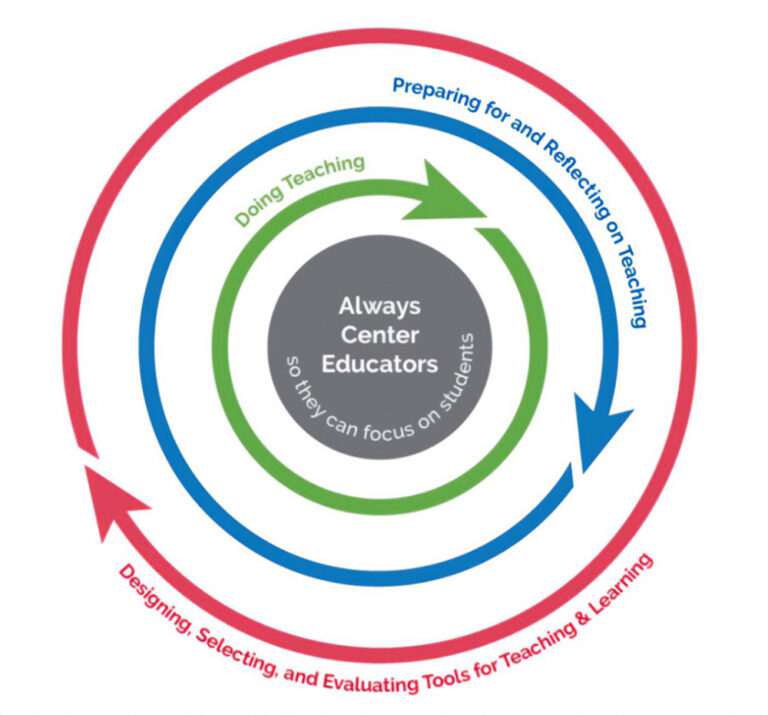Let’s talk about digital literacy
More than ever, faculty are being tasked with fostering digital literacy in order for students to be successful in class and ready for the workforce. Digital literacy as an important component of higher education is something that has become critical in higher education as we try to keep our programs relevant in a rapidly changing digitally enhanced world.
We are already fostering ‘hard’ skills in digital literacy when we use online tools like Blackboard for content, assessments and interaction. We use Google Apps for writing, collaboration, and analysis. We use industry standard software to explore topics.
Digital literacy can mean a lot of things and goes beyond simple technical know-how. Digital literacy can also mean understanding social media as a professional tool, the ability to discern whether an online resource is unbiased or valid, how to conduct research online, how to manage a professional online presence, how to professionally communicate using various technologies and more. As we prepare our students for professional careers, all of these considerations, regardless of discipline, are relevant ‘soft’ skills they will need for success after university.
Our graduates will need to be more than literate in finding, evaluating, and creating digital information – they will need to be fluent to compete in the workforce. “How is digital fluency different from digital literacy? In learning a foreign language, a literate person can read, speak, and listen for understanding in the new language. A fluent person can create something in the language: a story, a poem, a play, or a conversation. Similarly, digital literacy is an understanding of how to use the tools; digital fluency is the ability to create something new with those tools.” (Digital Fluency vs Digital Literacy)
The EDUCASE 2019 Horizon Report for Higher Education lists digital fluency as one of the significant but solvable challenges facing higher education today. “Digital fluency is the ability to leverage digital tools and platforms to communicate critically, design creatively, make informed decisions, and solve wicked problems while anticipating new ones. Merely maintaining the basic literacies by which students and instructors access and evaluate information is no longer sufficient to support the complex needs of a digitally mediated society.”
The Horizon report continues to address some of the barriers to incorporating digital fluency into the general curriculum, including our own comfort level and experience as faculty with implementing new technology. The report panelists agreed that in order to facilitate responsive higher educational experiences that keep up with changing technology, there should be a greater emphasis on getting teacher training and partnering with teams of specialized learning designers.
The following short reading list provides some in-depth ideas for embedding digital fluency:
- Prioritizing Digital Literacy in Higher Ed https://theblog.adobe.com/prioritizing-digital-literacy-in-higher-ed/
- Teaching Students to Marshal Evidence and Evaluate Claims https://er.educause.edu/articles/2017/3/teaching-students-to-marshal-evidence-and-evaluate-claims
- Digital Fluency: Preparing Students to Create Big Bold Problems https://er.educause.edu/articles/2018/3/digital-fluency-preparing-students-to-create-big-bold-problems
Further Reading
- Digital Fluency vs Digital Literacy
- Mastering Digital Literacy in College
- College-educated adults get an F in digital literacy
- Digital competence and digital literacy in higher education research: Systematic review of concept use
- Digital Literacy in Higher Education
- Digital Literacy is Key in Modern Higher Education
- Digital Readiness Gaps
- 2019 Key Issues in Teaching and Learning
- EDUCAUSE Horizon Report | 2019 Higher Education Edition




